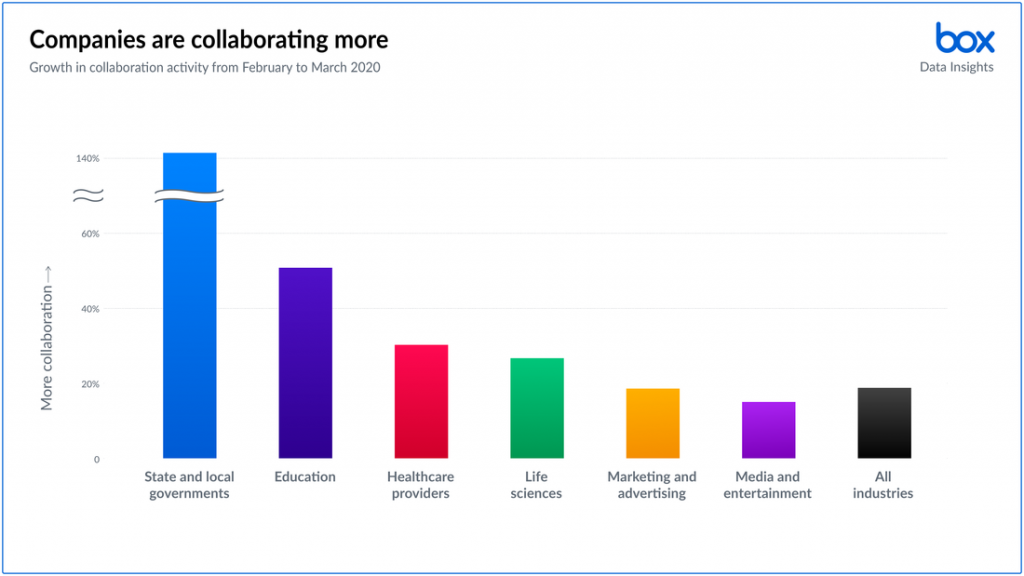Post COVID 19: What the Future of Offices Looks Like

Considerations for what things will look like when we start being able to return to “the office”
Our blog series on the remote workspace may continue forever because work from home may be here to stay forever. In our 8th blog about virtual work, we begin to outline what we will all be considering as we face regions opening across the country. Our industry, outsourced customer service (BPO), typically operates out of centralized facilities. We happen to have moved to a virtual model long ago, not because of pandemics, disaster preparedness or even for a flexible work environment. We did so to be able to hire the best team to support the needs of our luxury clients. We did so to build a culture with flexibility for our incredible employees. In fact, we have spent years refining our work-at-home model and optimizing it for clients and team members alike..
In a recent article, author Erin Bromage references how cruise ships don’t rank in the top 50 of most dangerous places for outbreaks. In this same article, Erin shows a floor map of a traditional call center and how close proximity can result in an outbreak. This kind of scenario now has us questioning what the future will look like and what considerations are at play. Forbes highlights a recent study by the software company Box found that work done outside office hours growing by 20%. Since going home-based not only are people seeming to be more productive, but collaboration is up in almost every industry (see below).
However, most businesses with centralized operations are very new to this environment and have had to move teams home quickly. The question we have posed while writing this blog is a big one: - will teams ever go back into the office after COVID-19? Obviously, some industries have no choice as their operation requires the presence of a team and our compassion goes out to the workers that make tough daily about working in an environment with others. But this blog is about businesses that can operate virtually. Will they continue to allow team members to work from home or will they return to the office?
In fairness, challenges do come with remote work right now. Even though we have 90% of our team working remotely, our team has never had to face the current situation with spouses at home and children attending school via Zoom. We have team members dealing with family members that are ill or in some cases sick themselves. The stress related to coronavirus is something that is very real and we are working hard to adapt in support of our team. We continue to learn like everyone else. For example, we know now that video meetings can cause more stress for some people. For that reason, we don’t want our team to feel pressure to be on camera constantly.
Othmar Mueller Von Blumencron, our VP of Sales & Marketing, recently spoke at an industry conference where the discussion was not only focused on the response to moving teams to the home environment, but what challenges these teams are addressing.
You can watch the recording by clicking here.
We have a client that moved their corporate team to home and in a survey conducted this week, 70% indicated they would rather continue to work from home rather than drive back into the office. Is this fear? Is this in response to the commute? Or, do they love the freedom they now experience at home. In this same survey, employees revealed they felt far more productive working from home. Having done this since 2001, I think they are going to have a tough sell trying to pull them back into the office. And when they do, there will be many changes likely to occur.
I toured new office space today. Yes, it is May 2020 and I toured a brand new office space as a consideration for our new headquarters. I asked about the plans to address all the changes to ensure employees feel safe. The response sounded like it might just be 1990 all over again with a movement away from side-by-side bench working. We were never that cool, so I don’t think we miss that. What else? How about larger working spaces with higher dividers or more closed-door offices. That still sounds like 1990. In this article by Cathrine Thorbecke, the future office will likely include parameters like 6-feet distancing. It makes sense to me that people will start to ask “why.” Why do we need to come into an office if we are not collaborating? We ourselves question whether we need any office space at all? I wonder how many other businesses will feel the same.
When we consider whether or not to open up our headquarters, I think about everything that we must consider:
- Office redesign
- No shared desks
- No shared equipment
- Contactless technologies
- Kitchen and supplies
- Disinfecting and cleaning of surfaces
- Bathroom considerations
- Walking office flow
- Air filtration
I imagine the list is endless. No one will want to use that coffee machine ever again. Even if your office has a fancy one. All this leads me to the conclusion that at least for the coming period of time, it might just be easier and less stressful to work from home.
We want you to know that we’ve published a whole series on remote working.
5 Proven Tips To Set Up a Remote Workforce Successfully
5 Best Communication Practices for a Remote Workforce
10 Tips for Remote Workers To Keep Their Sanity
How To Stay Connected with Your Remote Team
How To Avoid Loneliness and Find Joy Working Remotely
How Remote Work Impacts Our Environment
How To Save Money While Working from Home
~VIPdesk.com~



